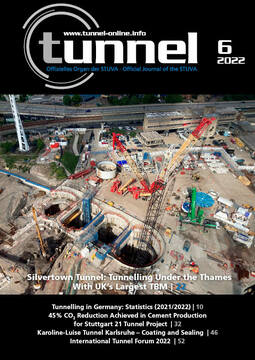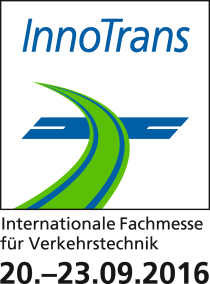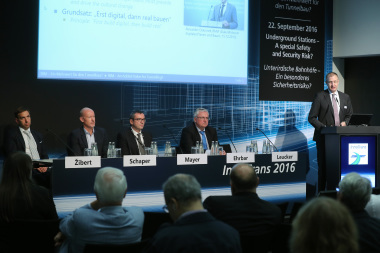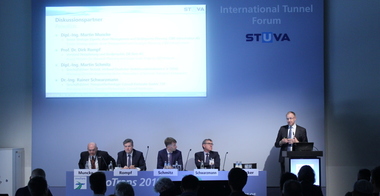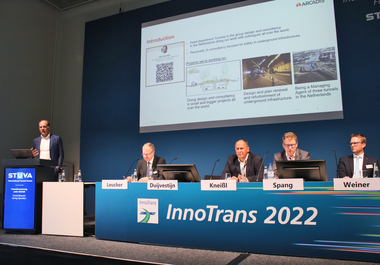International Tunnel Forum: Experts Discuss Renovation and BIM
As part of the Tunnel Construction trade fair segment at InnoTrans 2022 in Berlin, STUVA once again hosted the “International Tunnel Forum”: a two-day, informative expert event with concise short presentations and an opportunity to discuss current topics. The internationally staffed forum is a must for industry experts – accordingly, both events on 21 and 22 September were well attended. The current subjects of “Tunnel renewal under operation” and “BIM in tunnel construction and operation” were up for discussion. Prof. Dr.-Ing. Roland Leucker, Managing Director of STUVA, chaired the discussion.
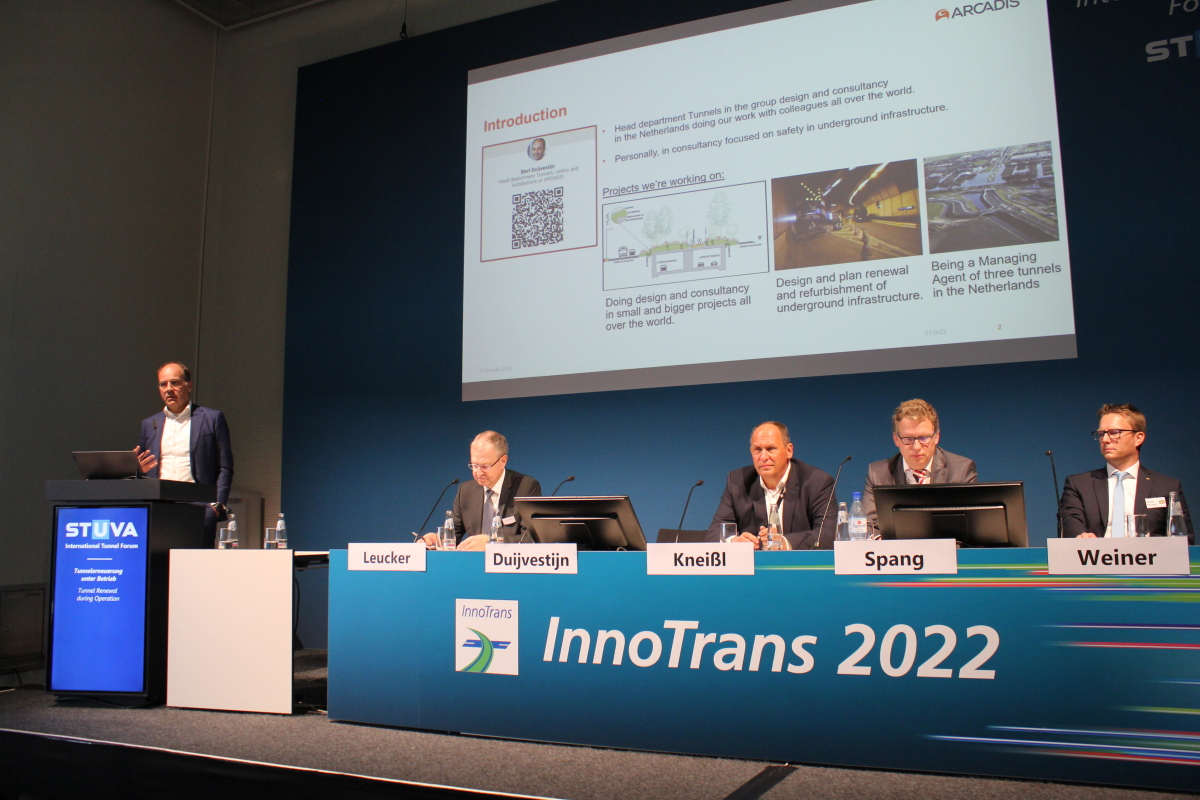 The discussion panel “Tunnel renewal in operation” as part of the International Tunnel Forum at InnoTrans 2022 (from left): Bart Duijvestijn, Prof. Dr.-Ing- Roland Leucker, Dipl.-Ing. Uwe Kneißl, Dipl.-Ing. Christian Spang and Dr.-Ing. Thorsten Weiner
The discussion panel “Tunnel renewal in operation” as part of the International Tunnel Forum at InnoTrans 2022 (from left): Bart Duijvestijn, Prof. Dr.-Ing- Roland Leucker, Dipl.-Ing. Uwe Kneißl, Dipl.-Ing. Christian Spang and Dr.-Ing. Thorsten Weiner
Credit/Quelle: Klostermeier
Available Routes During Renovation
For the first forum on tunnel rehabilitation during ongoing traffic, four discussion partners shared the podium:
Bart Duijvestijn (Arcadis Nederland B.V., Head of Department Tunnels, Amersfoort, Netherlands), Dipl.-Ing. Uwe Kneißl (DB Netz AG, Head of Project Management Tunnels and Line Renewal, Frankfurt am Main), Dipl.-Ing. Christian Spang (Managing Director, Dr. Spang Ingenieurgesellschaft für Bauwesen, Geologie und Umwelttechnik, Witten) and Dr.-Ing. Thorsten Weiner (Area Manager Tunnel Construction Germany, Porr, Düsseldorf).
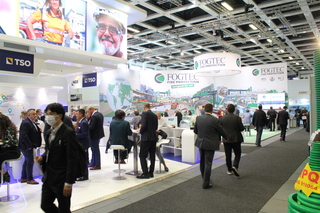 More than 137 000 visitors attended the “InnoTrans” trade fair for rail transport and mobility in Berlin in September 2022. Traditionally, the “Tunnel Construction” segment is represented with its own exhibition area
More than 137 000 visitors attended the “InnoTrans” trade fair for rail transport and mobility in Berlin in September 2022. Traditionally, the “Tunnel Construction” segment is represented with its own exhibition area
Credit/Quelle: Klostermeier
An efficient, state-of-the-art transport infrastructure is one of the main factors securing a country’s competitiveness. More than 2000 km of tunnels exist for this purpose in the railway networks of Germany, Austria and Switzerland, for example. However, since the first railway tunnels were built in these countries more than 150 years ago, there is a need for renovation. Parallel to the technical renewal of these structures, the best possible availability of the routes must also be considered. This is no different with the numerous road tunnels. In this context, Uwe Kneißel pointed out the need for innovations in the tunnel-in-tunnel rehabilitation method, which still entails considerable operational restrictions. However, solutions could only be found here in close partnership with the construction industry. Christian Spang called for dialogue between the client, the expert and the planner: careful joint determination of the basics as a prerequisite for successful rehabilitation planning. Dr.-Ing. Thorsten Weiner suggested a change in the culture of awarding contracts, which could better combine not only individual projects but also entire interrelated renovation stretches. And Bart Duijvestijn added the important aspect of safety during the measures to the topics of economic efficiency and quality of execution.
Digitalisation From the Planning to the Operating Phase
The second day of the event focused on the digitalisation of underground infrastructure construction through Building Information Modeling. Prof. Leucker welcomed the following experts as discussion partners: Univ.-Prof. Dipl.-Ing. Dr. techn. Matthias Flora (Deputy Chairman of the Board, Herrenknecht AG, Schwanau), Dr.-Ing. Stefan Franz (Project Manager, Deutsche Einheit Fernstraßenplanungs- und -bau GmbH (DEGES), Berlin), Dr. sc. techn. Marcus Schenkel (Head of Infrastructure Projects Region Southeast, DB Netz AG, Leipzig) as well as Dipl.-Ing. Edgar Schömig (Member of the Board, Ed. Züblin AG, Stuttgart).
The forum looked at current and future developments in Building Information Modeling. The participants in the discussion panel were able to contribute different perspectives – from the point of view of the major client for road and rail infrastructures, for example, who not only has to keep an eye on planning and construction, but also on the use of BIM in the much longer operational phase. But how much detail is necessary for different BIM uses, how much is desirable? This question can play an important role in data maintenance.
The special features of tunnel construction were also addressed, with their very own challenges that differ significantly from building construction, where BIM is used much more extensively. Very fundamental questions were also addressed, because it is still far from clear what BIM means for the various parties involved, what they expect from it and what common objectives can be found.

